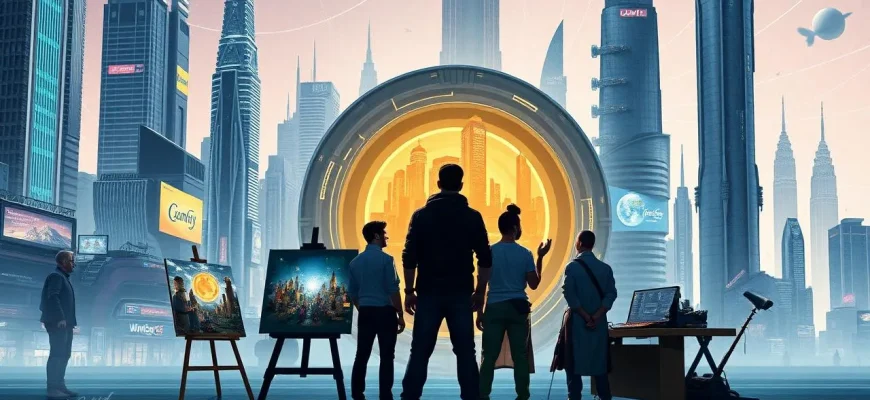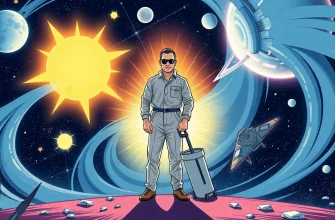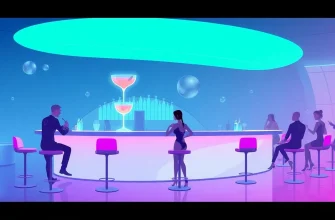In the realm of science fiction, the fusion of art and technology often leads to some of the most visually stunning and thought-provoking films. This curated list of 10 sci-fi films about artists showcases how creativity can transcend time, space, and even reality itself. From painters to musicians, these films explore the intersection of human creativity with futuristic technology, offering viewers a unique perspective on what it means to be an artist in a world where the boundaries of imagination are limitless.
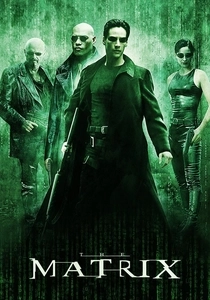
The Matrix (1999)
Description: Although not directly about artists, "The Matrix" explores the concept of reality versus illusion, a theme often explored in art. The film's use of visual effects and its philosophical undertones make it a landmark in sci-fi cinema.
Fact: The film's "bullet time" effect, where the camera appears to move around a scene while time is slowed down, became iconic and was widely imitated.
 Watch Now
Watch Now 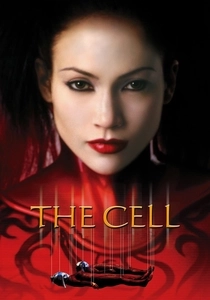
The Cell (2000)
Description: While primarily a psychological thriller, "The Cell" involves a therapist who enters the mind of a comatose serial killer to find his latest victim. The film's surreal visual style and exploration of the subconscious make it akin to an artist's exploration of the psyche.
Fact: The film was nominated for an Academy Award for Best Makeup, showcasing its unique visual approach.
 Watch Now
Watch Now 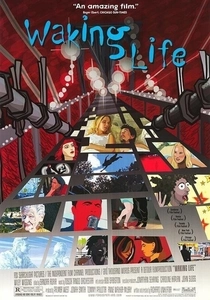
Waking Life (2001)
Description: This animated film follows a young man through a series of dream-like sequences where he encounters various characters discussing philosophical ideas. One of these characters is an artist, discussing the nature of reality and art, making it relevant to our theme.
Fact: The film uses rotoscoping, where live-action footage is traced over to create animation, giving it a dream-like quality.
 Watch Now
Watch Now 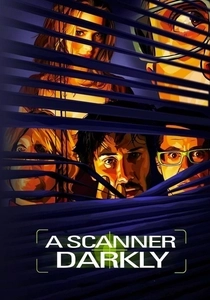
A Scanner Darkly (2006)
Description: Based on Philip K. Dick's novel, this film uses rotoscoping to depict a future where an undercover cop investigates a drug that alters perception. The film delves into identity, reality, and the artistic representation of altered states of consciousness.
Fact: The film's visual style was inspired by the graphic novel adaptation of the book, using rotoscoping to give it a distinctive look.
 Watch Now
Watch Now 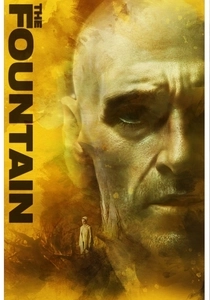
The Fountain (2006)
Description: Darren Aronofsky's "The Fountain" intertwines three different narratives, one of which involves a modern-day scientist searching for a cure for his wife's cancer, who is also an artist. The film explores themes of love, mortality, and the quest for immortality through art and science.
Fact: The film was originally conceived as a much larger project, with Aronofsky planning a trilogy. It also features a unique score by Clint Mansell, incorporating the theme from "Lux Aeterna."
 Watch Now
Watch Now 
The Imaginarium of Doctor Parnassus (2009)
Description: Directed by Terry Gilliam, this film features a traveling theater troupe led by Doctor Parnassus, who can transport people into an imaginative world. The film explores the power of imagination and the role of the artist in creating alternate realities.
Fact: After Heath Ledger's death, his role was completed by Johnny Depp, Jude Law, and Colin Farrell, each playing different versions of his character in the Imaginarium.
 Watch Now
Watch Now 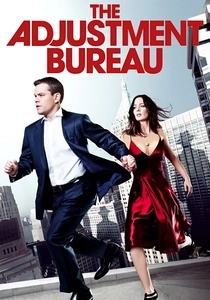
The Adjustment Bureau (2011)
Description: While not directly about an artist, this film features a politician, David Norris (Matt Damon), who falls in love with a dancer, Elise Sellas (Emily Blunt). Their relationship challenges the plans of a mysterious group that controls human destiny, highlighting the struggle between fate and free will, which resonates with the theme of artistic freedom.
Fact: The film is based on Philip K. Dick's short story "Adjustment Team." The hats worn by the agents in the film are a nod to the original story where hats were used to control people.
 Watch Now
Watch Now 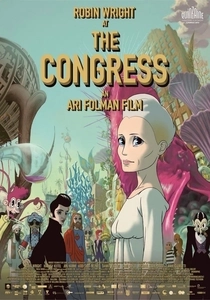
The Congress (2013)
Description: In this film, Robin Wright plays a version of herself, an actress who agrees to have her image digitally scanned for future use, allowing studios to use her likeness in any film without her physical presence. This exploration of identity and the commodification of art in a sci-fi setting makes it a perfect fit for this list.
Fact: The film is based on Stanislaw Lem's novel "The Futurological Congress." It blends animation with live-action, creating a surreal visual experience.
 Watch Now
Watch Now 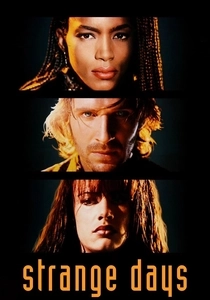
Strange Days (1995)
Description: Set in a near-future Los Angeles, this film involves a device that allows people to experience recorded memories. The protagonist, a former cop, gets entangled in a conspiracy, but the film's exploration of memory, experience, and the voyeuristic nature of art makes it relevant.
Fact: The film was directed by Kathryn Bigelow, who would later win an Academy Award for Best Director for "The Hurt Locker."
 30 Days Free
30 Days Free 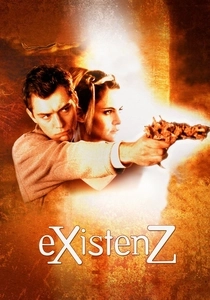
eXistenZ (1999)
Description: David Cronenberg's film about a game designer whose virtual reality game blurs the lines between reality and fiction. The film's exploration of identity and the role of the creator in their creation is deeply artistic.
Fact: The film was shot in Toronto, with many scenes filmed in a real game design studio, adding authenticity to the setting.
 30 Days Free
30 Days Free 
